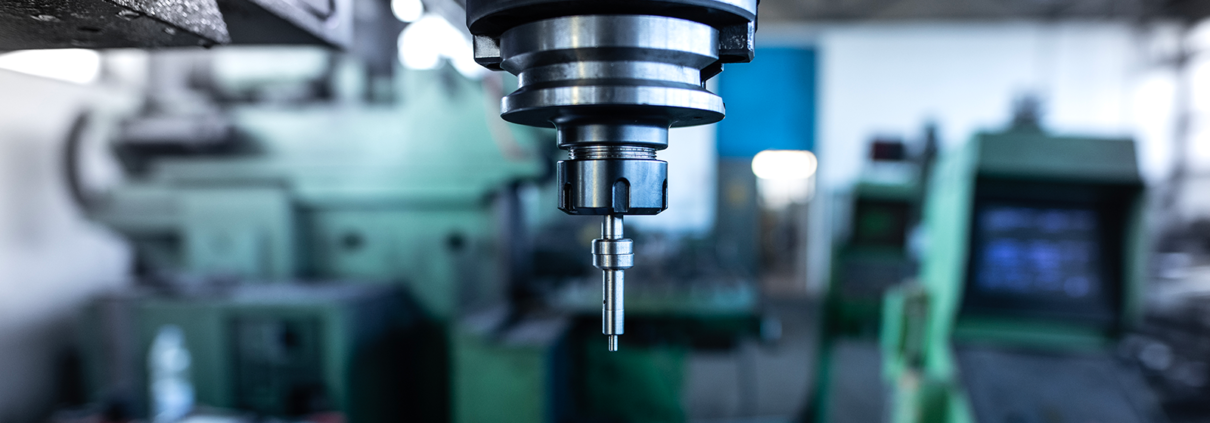circular economy is an economic model that aims to reduce waste and minimize the use of new raw materials by reusing end-of-life products and materials. The aim is to create a sustainable economic system in which resources are used responsibly, minimizing environmental impacts and maximizing the creation of economic and social value.
The circular economy consists in reusing products and materials at the end of their life cycle by repairing, renovating, remanufacturing or recycling them. End-of-life products and components can be used as resources to improve the performance of future activities.
Remanufacturing is the process of restoring a product or component to a level of performance and quality similar to or better than its original state, even if it has broken down, has reached the end of its life, is obsolete or is considered to be waste. Unlike recycling, which recovers only some of the materials and energy contained in a product, Remanufacture recovers most of the materials, energy and information that went into the product during its manufacture.
The manufacture of a new product requires a large quantity of materials, energy and information that cannot be recovered in any of the circular economy loops. On the other hand, the remanufacturing process requires far less consumption of materials, energy and information than the manufacture of a new product.
The advantages of remanufacturing
Remanufacture offers consumers quality products at an affordable price, with the latest technologies, enhanced quality, improved after-sales service and a positive environmental impact.
Remanufactured products are of higher quality than their initial state, with more frequent checks and a longer lifespan. Consumers also have access to more environmentally-friendly products. Remanufacturing offers manufacturers the opportunity to reduce manufacturing costs, create new product lines and services, internalize revenues and increase productivity.
Remanufactured products can lead to the creation of new product ranges and services for users, while the design of products specifically for remanufacturing can inspire manufacturers to improve their new product ranges.
Remanufacturing is a key practice in the circular economy. It involves recovering end-of-life products, dismantling them, cleaning them and refurbishing them for resale. This extends product life and reduces waste. In addition, remanufacturing can help manufacturers reduce production costs and create new product ranges. This is a concrete example of how manufacturing can contribute to the circular economy.
That’s why CircularPlace has developed a marketplace allowing the resale of your non-food waste between professionals, and puts you in touch with non-profit organizations to recover your products.
You can also opt for a white label solution that will allow your company to circularize your equipment internally and to engage your employees around ecological themes.




